The BMW M2 G87 has been on the scene for a couple of years now, and while the styling still splits opinions, the performance has mostly silenced the critics. Love it or not, this latest rear-wheel-drive coupe from Bavaria has carved out its place in the M lineup with brute force and modern tech.
Looking back, it was the legendary E30 M3 that defined the idea of compact, punchy performance—and as the M3 grew larger and more luxurious, cars like the M135i and F87 M2 stepped up to keep the raw edge alive. Now that the G87 has settled in, the F87 is being re-evaluated with fresh eyes.
More than ever, the first-gen M2 feels like a sweet spot: analog enough to feel old-school, but modern enough to keep up. With used prices leveling out and fewer gimmicks behind the wheel, it might just be the enthusiast’s pick in 2025.
In order to give you the most up-to-date and accurate information possible, the data used to compile this article was sourced from the BMW website and other authoritative sources, including Edmunds, Kelley Blue Book, and Top Speed.
The F87 BMW M2 Nailed the Formula
The F87 M2 wasn’t just another fast BMW—it was a greatest-hits album on wheels. It pulled together decades of engineering, handling feel, and driver-focused magic into one compact, rear-driven package.
Sure, the brand’s moving forward—electrification, bold design choices, and tech-heavy cabins are the new norm. But the F87 hit that rare sweet spot where BMW’s past and present met in perfect balance.
As the G87 takes the spotlight, it’s worth reflecting on what made the F87 so special. Because sometimes, evolution means appreciating the chapter that got it just right.
Looks That Mean Business
Styling is always a hot topic—especially when you’re talking about a brand with as much design heritage as BMW. Lately, though, some of those signature touches, like the Hofmeister kink, are starting to feel more like a nod than a staple.
The new models have taken a sharper, more angular turn, and the kidney grille debate? Still going strong. Love it or hate it, there’s no denying the F87 had proportions that felt instantly familiar—tall greenhouse, wide stance, and sheet metal that flowed cleanly from front to back.
The double corona headlights gave the F87 a bold, unmistakable face that’s missing from the new G87. BMW’s current design direction might eventually grow on us, but the F87 felt less like a risk and more like a confident tribute to everything the brand got right.
An Engine That Speaks Fluent M
BMW has long been the benchmark for inline-six engines, and the one in the F87 M2—known as the N55—was something special. It wasn’t just smooth and punchy; it had character, especially in the sound department, which made it stand out in BMW’s turbocharged era.
Some purists scoffed at the lack of an “S” engine code, claiming it wasn’t a “true” M car—but let’s be real, the M badge has seen bigger compromises. In fact, this N55 borrowed some internals from the higher-spec S55, giving it extra muscle without the quirks that came with the full M3/M4 powerplant.
It was a bit of a Frankenstein, sure—but in the best way possible. Before the switch to the S55 in later M2 Competition models, this engine helped earn the OG M2 its cult status, and for good reason.
F87 BMW M2 Performance Specifications
Engine | 3.0-liter twin-turbocharged inline-6 |
|---|---|
Transmission | 6-speed manual or 7-speed dual-clutch (DCT) |
Horsepower | 365 hp |
Torque | 343 lb-ft |
Driveline | Rear-wheel drive |
0-60 MPH | 4.1 seconds |
Top Speed | 155 mph (electronically limited) |
The N55 might not pack the same punch as the later S55-powered Competition or CS models, but it’s far from lacking. In fact, thanks to a massive aftermarket scene, the N55 is a tuner’s dream—with the right mods, you can easily push past double the stock output without breaking the bank.
That’s what makes the original M2 such a sweet spot: you get all the character without the premium price tag. And when you factor in how much performance potential is just a few upgrades away, it starts to look like the smarter buy.
Manual vs. DCT: Your Call
A great sports car should shine no matter which transmission you pick, and the M2 nails that balance perfectly. Whether you go for the manual or the dual-clutch auto, both deliver on BMW’s promise of “sheer driving pleasure.”
Having spent serious seat time with the DCT, it’s clear those shifts are lightning-fast and smooth, yet somehow still satisfying in a way many modern autos aren’t. On the track, that quick, clean gear change lets the car glide effortlessly through corners.
But if you’re chasing pure driving joy, the manual takes the cake. There’s something about grabbing that six-speed stick that puts a genuine grin on your face—the kind only a real BMW M car can offer.
Less Weight, More Feel
A small sports coupe isn’t just about power—it needs to keep the weight down to really come alive. Less mass means sharper handling, better balance, and a more connected feel behind the wheel.
Over time, even the M2 hasn’t escaped the trend of getting bigger and heavier. The G87 may still be compact in footprint, but at 3,747 pounds, it’s nearly brushing shoulders with the R35 GT-R on the scale.
That’s where the F87 shines—it comes in over 450 pounds lighter, at just 3,296 pounds. And, with near-identical weight distribution (52/48), it delivers that classic BMW balance without the extra bulk.
The M2 Knows How to Dance
Performance isn’t just about 0–60 times or Nürburgring records—it’s about how a car makes you feel when you’re behind the wheel. Specs matter, sure—but the real magic happens in the moments between the numbers.
That’s where the original M2 truly stands out. It has a unique rhythm on the road—light on its feet, yet planted and confident, always ready for the next move like a seasoned dance partner.
On a canyon road, it comes alive. Flip it into Sport mode, drop a couple of gears, and whether you’re rowing your own with the manual or enjoying the sharp snaps of the DCT, the N55 sings with that signature BMW inline-six charm.
The analog gauges respond with just the right amount of drama, and every corner feels like choreography—predictable, playful, and precise. The chassis allows for just enough forgiveness to make you feel heroic, even if you’re a little messy.
This kind of performance matters—the kind that makes you want to drive for the sake of driving. It’s something the G87 might struggle to match with its heavier frame and less inspiring S58 soundtrack, no matter how quick it is on paper.
Continuing What the 1M Started
At the end of the day, M is still just one piece of the larger BMW puzzle. An important one, no doubt—everyone wants the best a brand has to offer—but it’s still grounded in BMW’s broader vision.
The 1M was famously stitched together from existing parts: M3 suspension, a tuned 135i engine, and loads of personality. The F87 M2 picked up that same playbook, blending proven components into something that feels more than the sum of its parts.
These cars weren’t built just to wear the M badge—they were built with real intent, channeling the spirit of what fans love most. So while we rightfully cheer for what the M division creates, let’s not forget to give credit to BMW itself for keeping that magic alive.
The F87 M2 Isn’t Just Fun—It’s an Investment
The 2025 BMW M2 starts at $68,200—about $15,000 more than the F87 M2 cost when it was new in 2016. And once you dive into options like the flashy Performance Parts package, it’s easy to push the price up to around $75K.
Meanwhile, used F87 M2s start around $32,000. Want the sharper M2 Competition? Expect to pay around $44K, while the rare M2 CS, depending on mileage, condition, and options, can be found in the $80K to $100K+ range.
That’s right—the M2 CS originally stickered for $84,595 back in 2020, and it’s actually gone up in value. Even “regular” F87s in mint condition are holding strong, some commanding as much as $59K, meaning you can skip the painful depreciation hit and still enjoy one of BMW’s most celebrated recent performance cars.


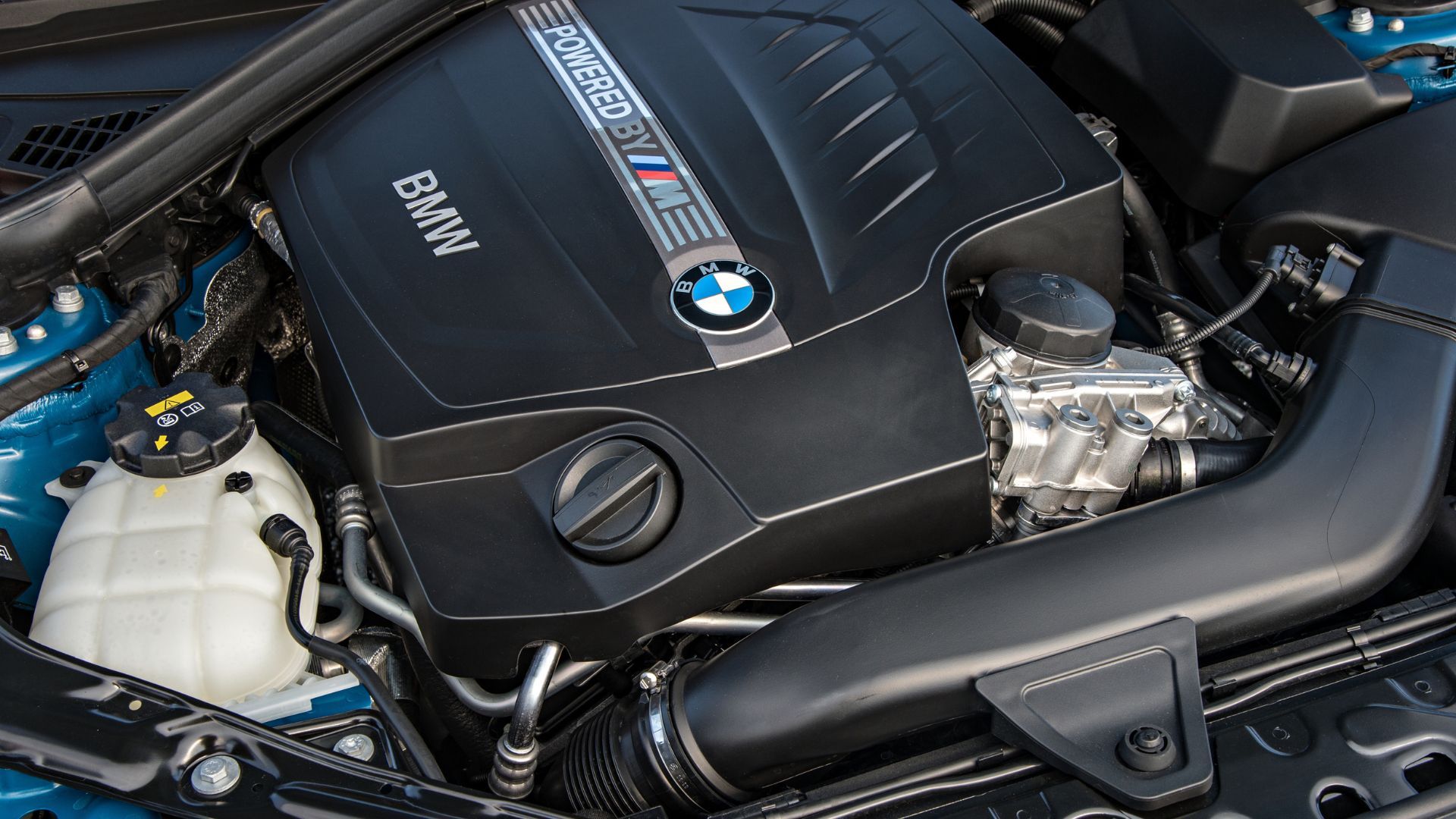
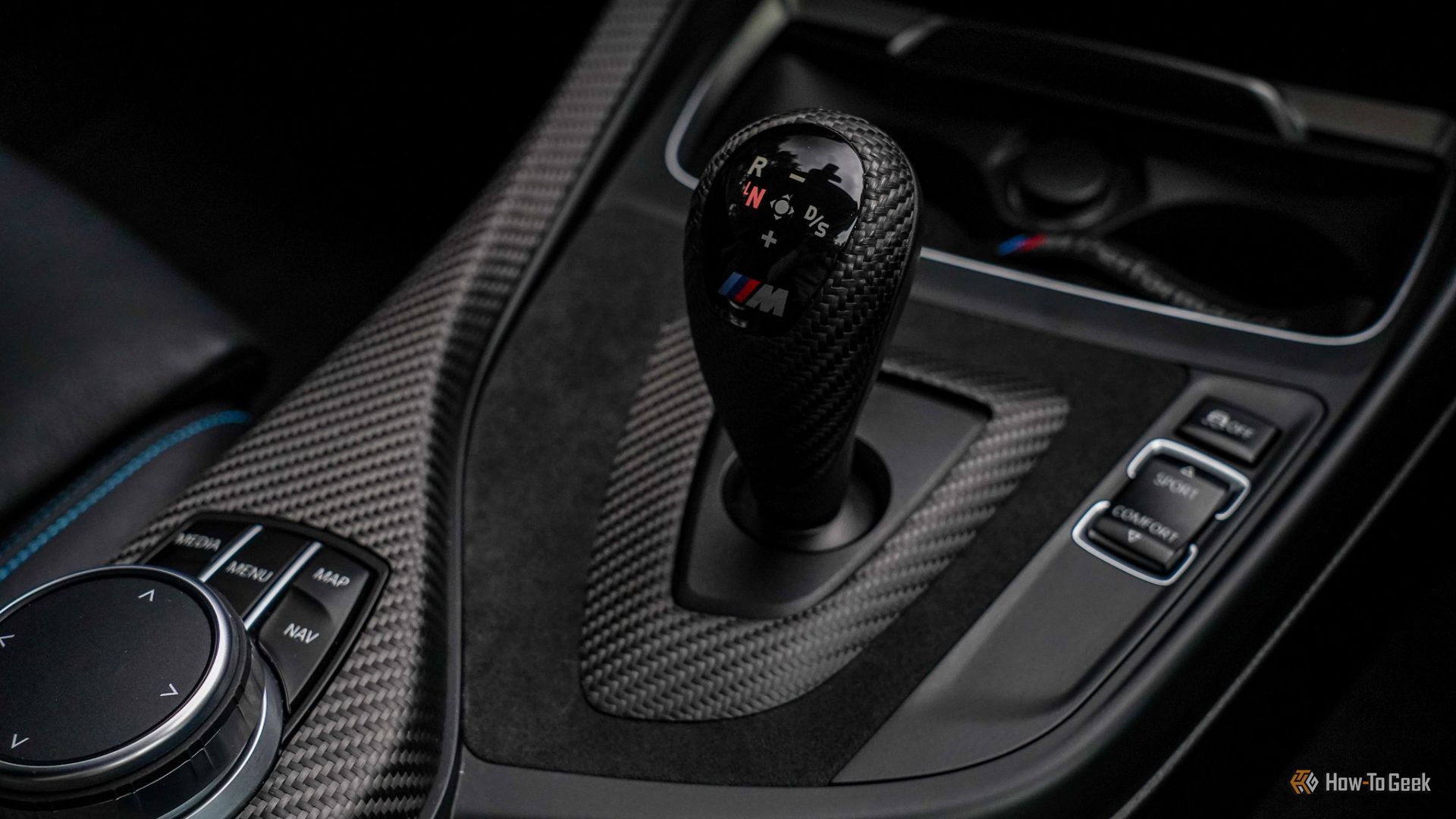
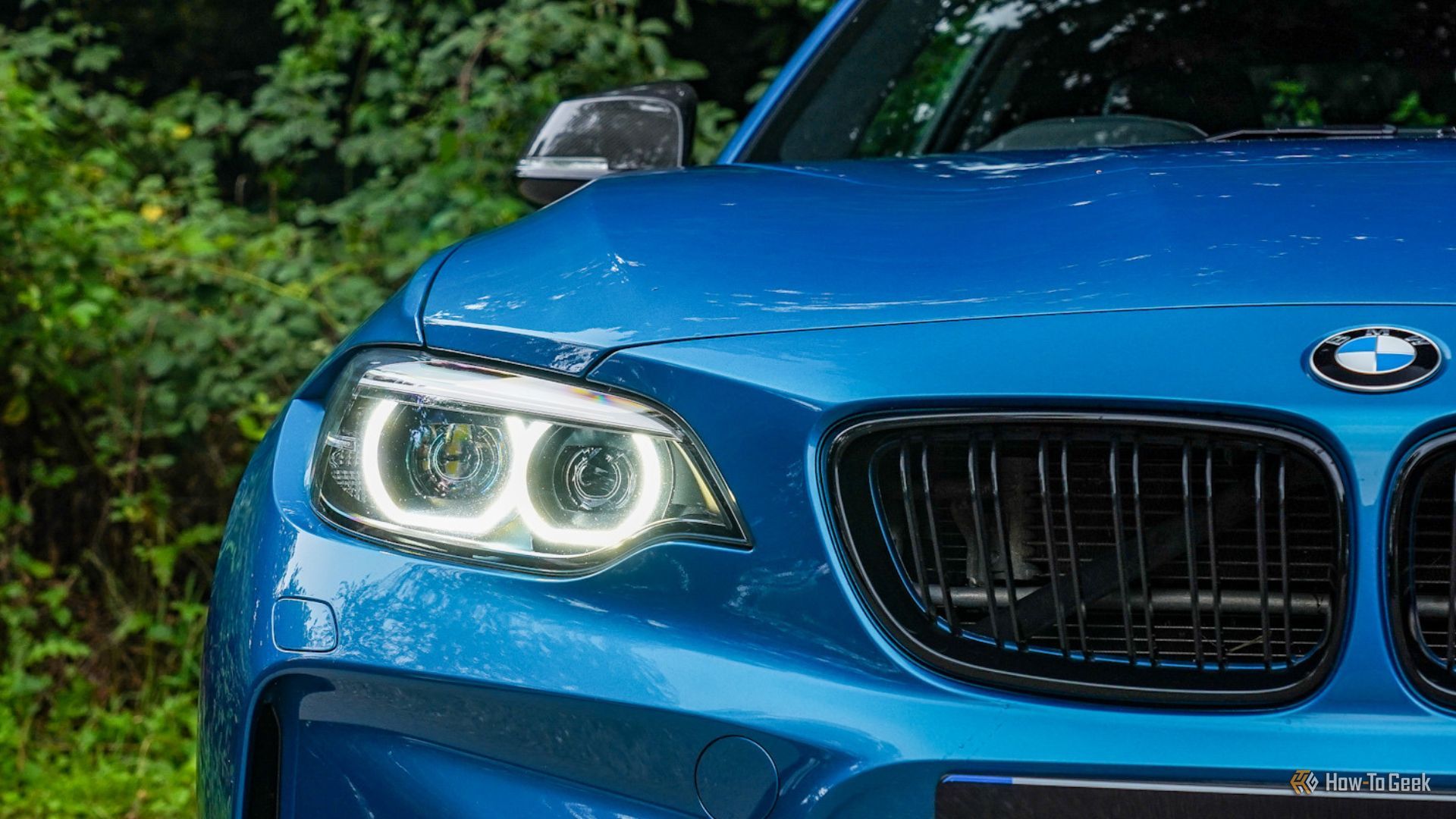
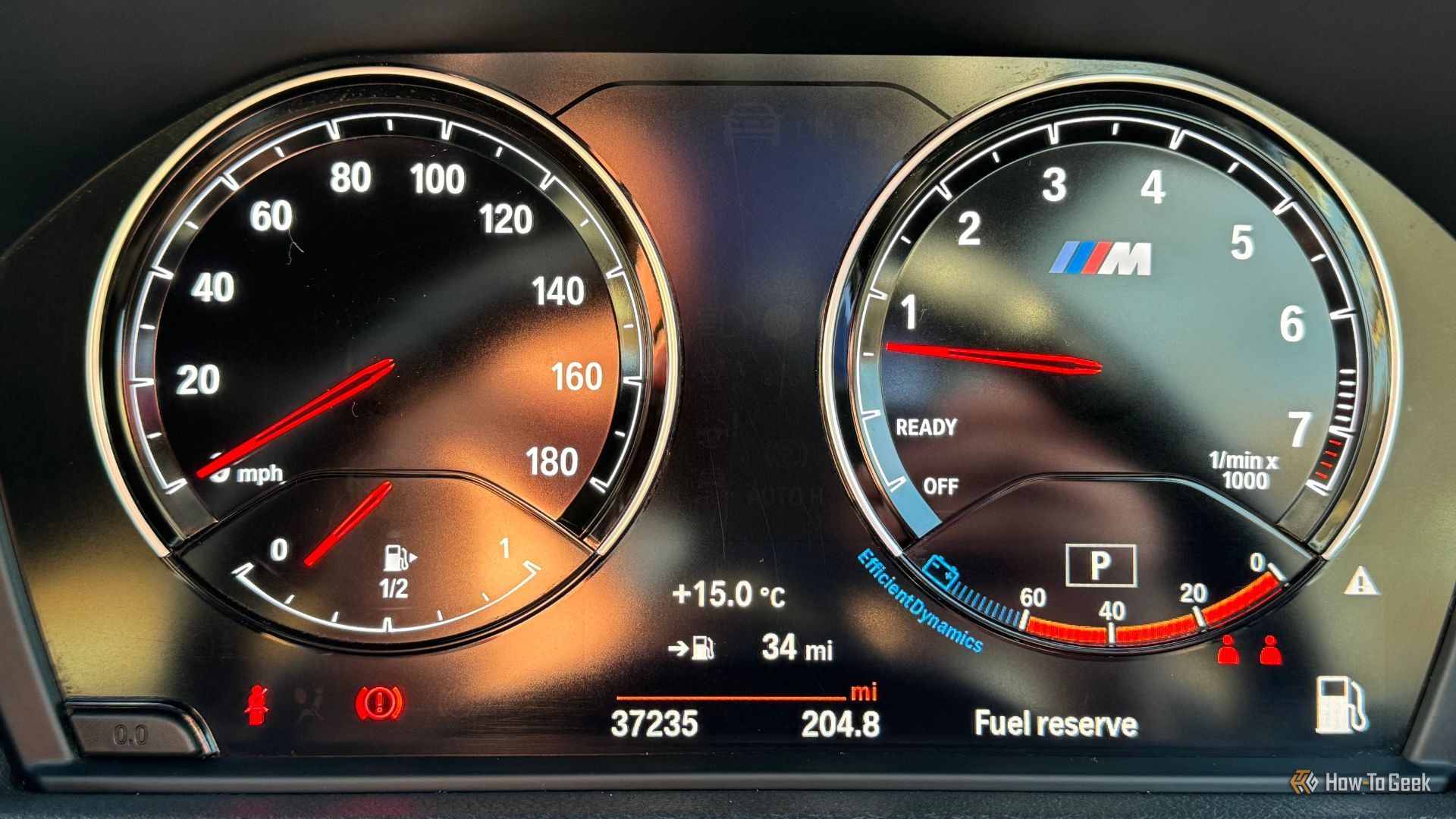
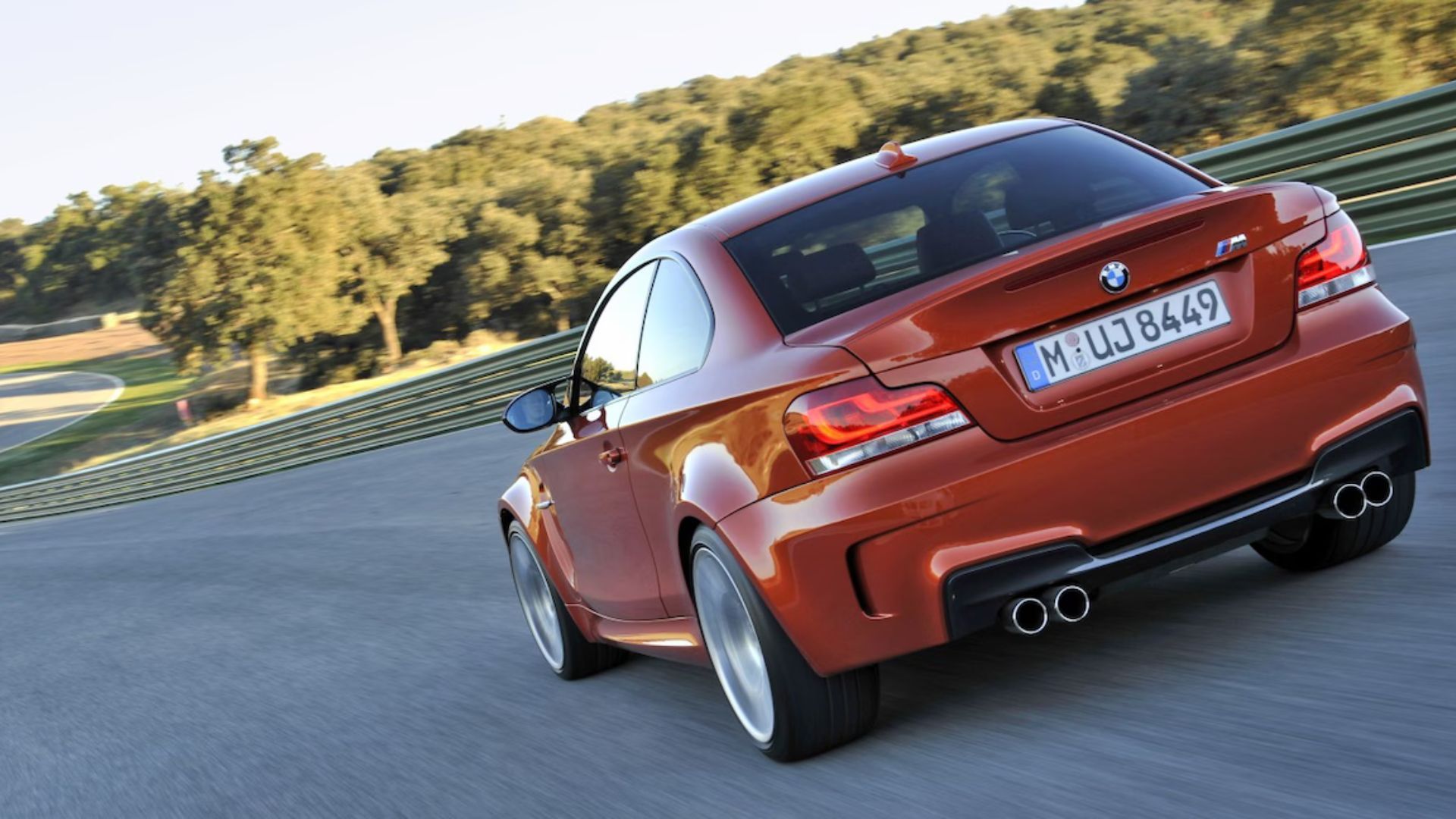
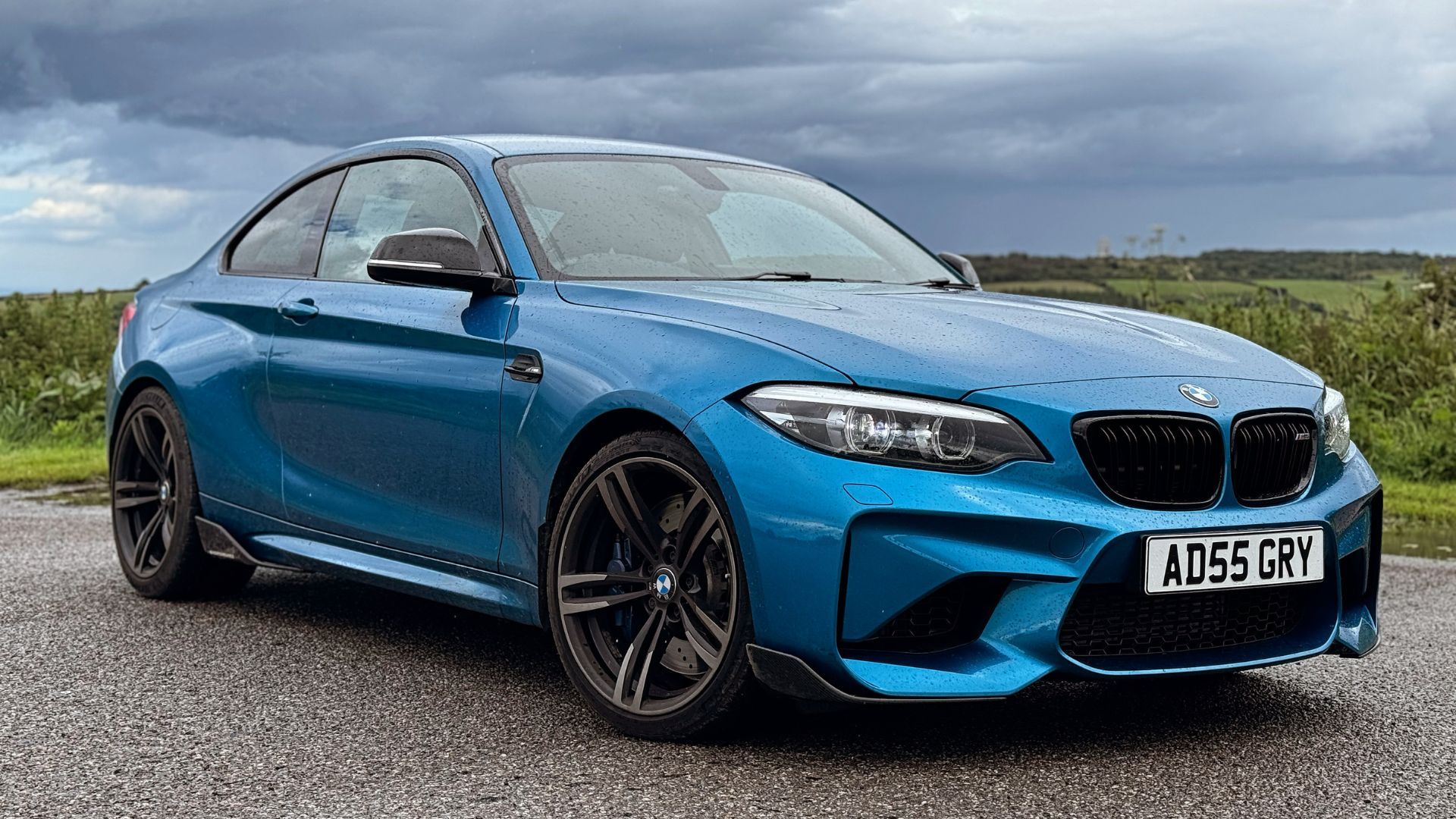





Leave a Comment
Your email address will not be published. Required fields are marked *